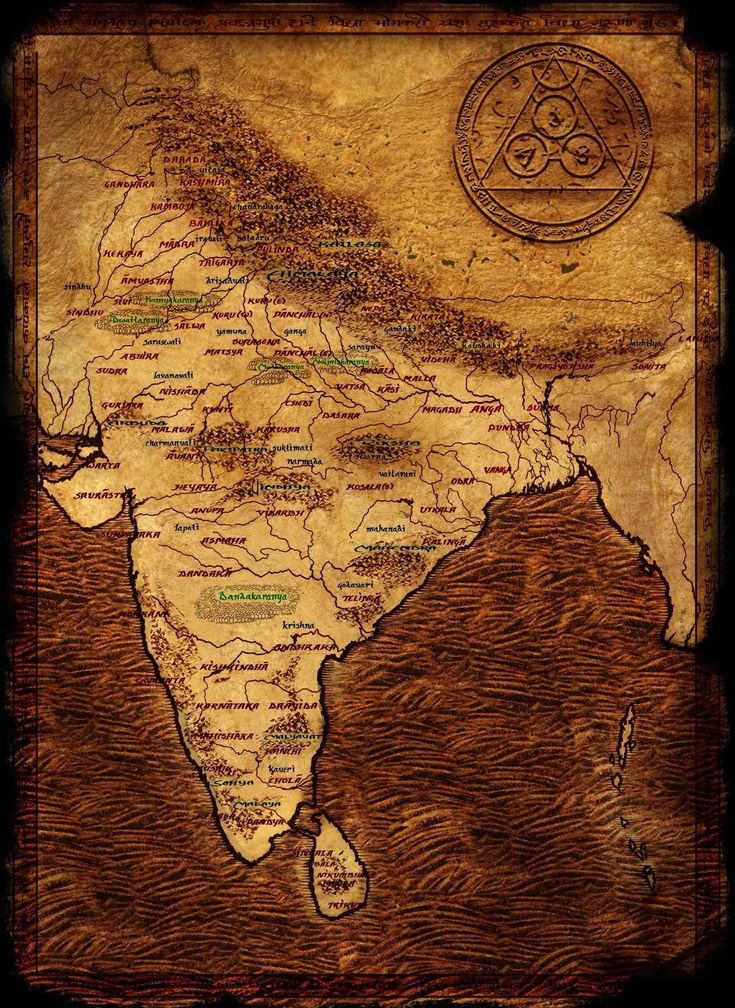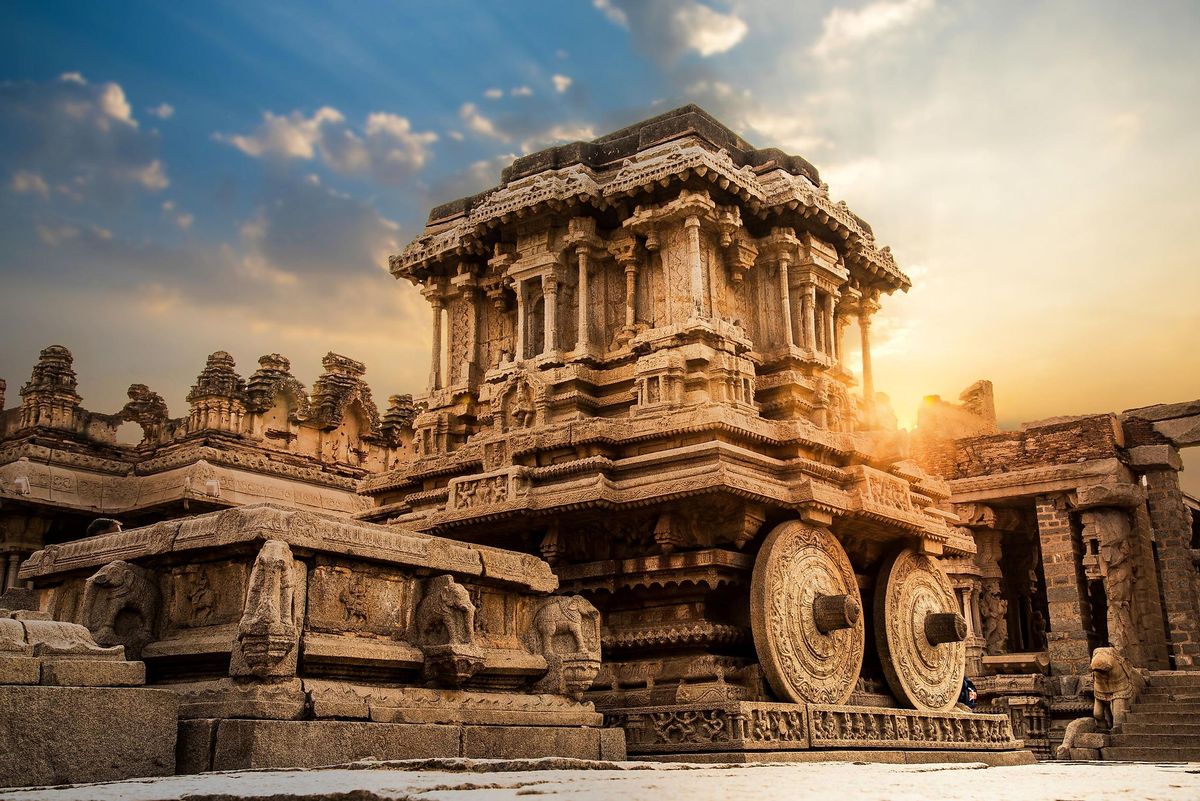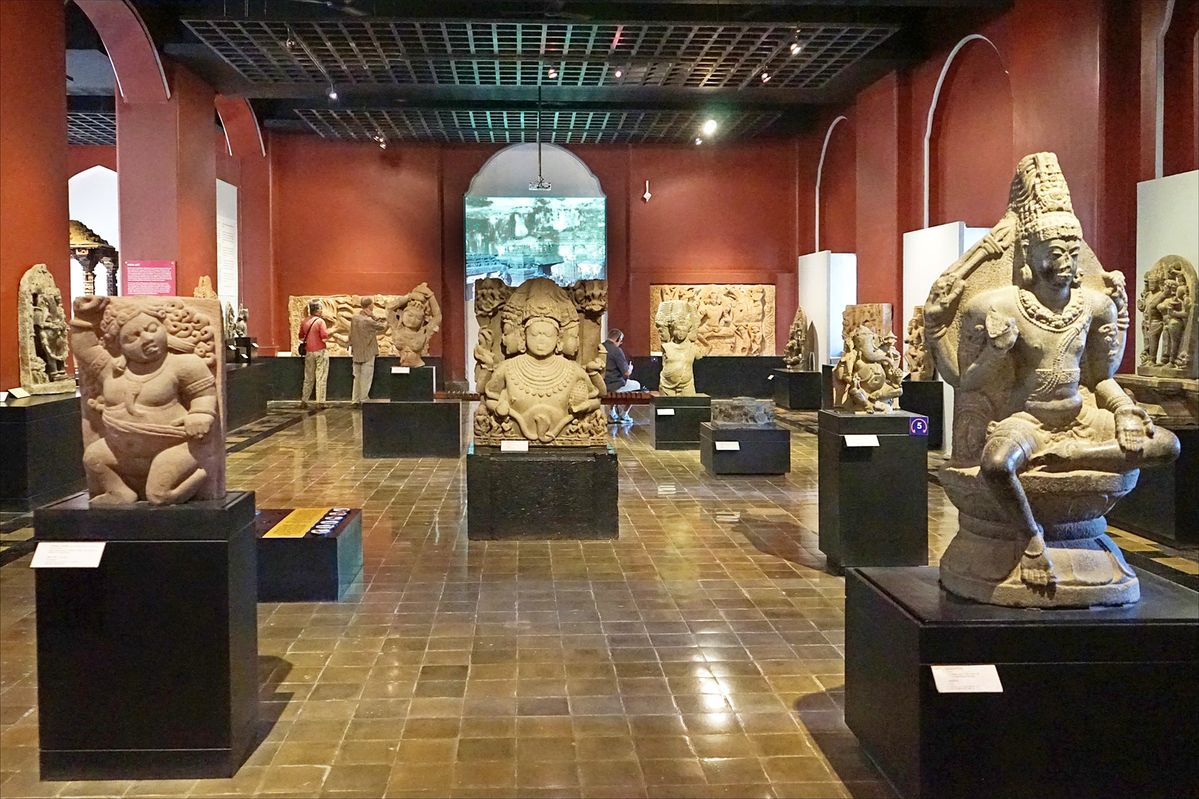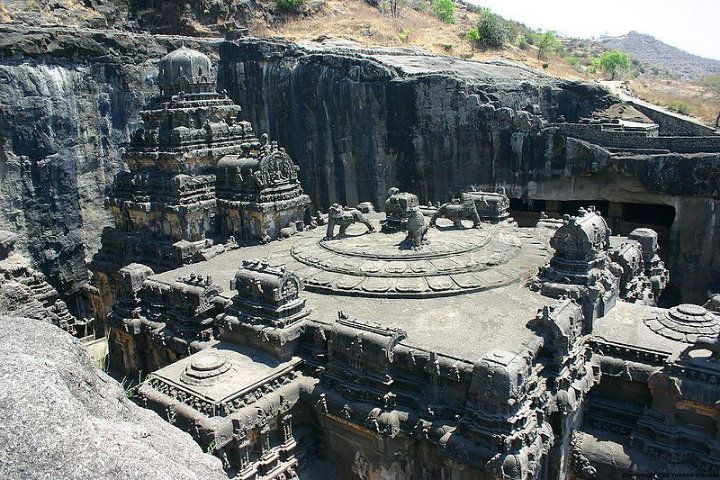Kamarupa & Ancient Assam History
The Sacred Legacy of Assam’s Ancient Kingdom
The land of Kamarupa, known today as Assam, carries a profound spiritual and cultural legacy. Pilgrims visiting for Kamakhya Darshan not only witness divine grace but also walk upon the soil that nurtured saints, kings, and seekers across centuries.
Book Your Darshan NowHighlights of Kamarupa & Ancient Assam
- - Kamarupa was one of the earliest and most powerful kingdoms in northeastern India
- - The region is closely linked with Shakta philosophy and Maa Kamakhya worship
- - Ancient dynasties like the Varmans, Palas, and Koch rulers patronized Kamakhya Temple
- - Mentioned in sacred texts including Kalika Purana and Yogini Tantra
- - A land where devotion, tantra, and spirituality flourished side by side
- - Essential destination for those on an Assam pilgrimage
About Kamarupa – The Ancient Kingdom
Kamarupa, the cultural cradle of Assam, flourished between the 4th and 12th centuries CE. It was renowned for its spiritual richness and political strength. The name “Kamarupa” itself reflects divine symbolism—legends say Kamadeva, the god of love, regained his form here.

For devotees visiting Kamakhya Temple today, understanding Kamarupa’s past deepens the meaning of every ritual, mantra, and puja. It reminds us that the temple is not just a place of worship but a living testimony of history.
Dynasties and Scriptures of Kamarupa

Dynasties and Patronage of Kamakhya
Major dynasties like the Varmans, Palas, and Koch rulers were devout followers of Shakti. Their patronage ensured the temple’s survival and strengthened its role as a spiritual power seat.

Kamakhya in Texts and Scriptures
Kamarupa finds mention in scriptures like the Kalika Purana and Yogini Tantra, which describe the temple’s sacred role and tantric practices. Inscriptions also record royal grants and rituals.

Cultural and Spiritual Importance
Ancient Assam was a land of profound spiritual practices. Tantra, yoga, and temple rituals were woven into daily life, making the region a magnet for saints and seekers.

Travel Guide – Experiencing Kamarupa’s Legacy
- - Temple Visit: Start with Kamakhya Darshan, the heart of Kamarupa’s spiritual history.
- - Other Sites: Explore Umananda Temple and Navagraha Temple, all linked to Assam’s ancient culture.
- - Best Time to Visit: The Ambubachi Mela in June is deeply connected with Kamarupa’s tantric heritage.
- - Local Heritage: Visit museums in Guwahati to learn more about the history of Kamarupa.
This immersion into the spiritual tourism of Assam ensures that your pilgrimage is more than just a temple visit.
Frequently Asked Questions
1. What was the significance of Kamarupa in ancient India?
Kamarupa was a powerful kingdom in northeastern India known for its political strength and spiritual importance, closely linked with Maa Kamakhya.
2. Why is Kamarupa associated with Kamakhya Temple?
Legends say Kamadeva regained his form here, making the region sacred. Kamakhya Temple became the spiritual heart of Kamarupa.
3. Which dynasties ruled Kamarupa?
Major dynasties included the Varmans, Palas, and Koch rulers. Each supported the temple, making it a lasting center of worship.
4. Are there scriptures mentioning Kamarupa?
Yes, texts like the Kalika Purana and Yogini Tantra describe Kamakhya Temple and its practices. Inscriptions also record royal patronage.
5. How does learning about Kamarupa enrich my Kamakhya Darshan?
Understanding the history adds depth to your pilgrimage, allowing you to connect rituals, temple timings, and puja booking with centuries of tradition.
6. Can I explore other ancient sites in Assam along with Kamakhya?
Yes, Guwahati and its surroundings have many temples and historical sites connected with ancient Assam’s spiritual legacy.
Discover Kamarupa’s Legacy Today
The story of Kamarupa is the story of faith, resilience, and devotion. As you plan your Assam pilgrimage, step into the world of Kamarupa and feel the living history that flows through Kamakhya Temple.
Book Your Darshan